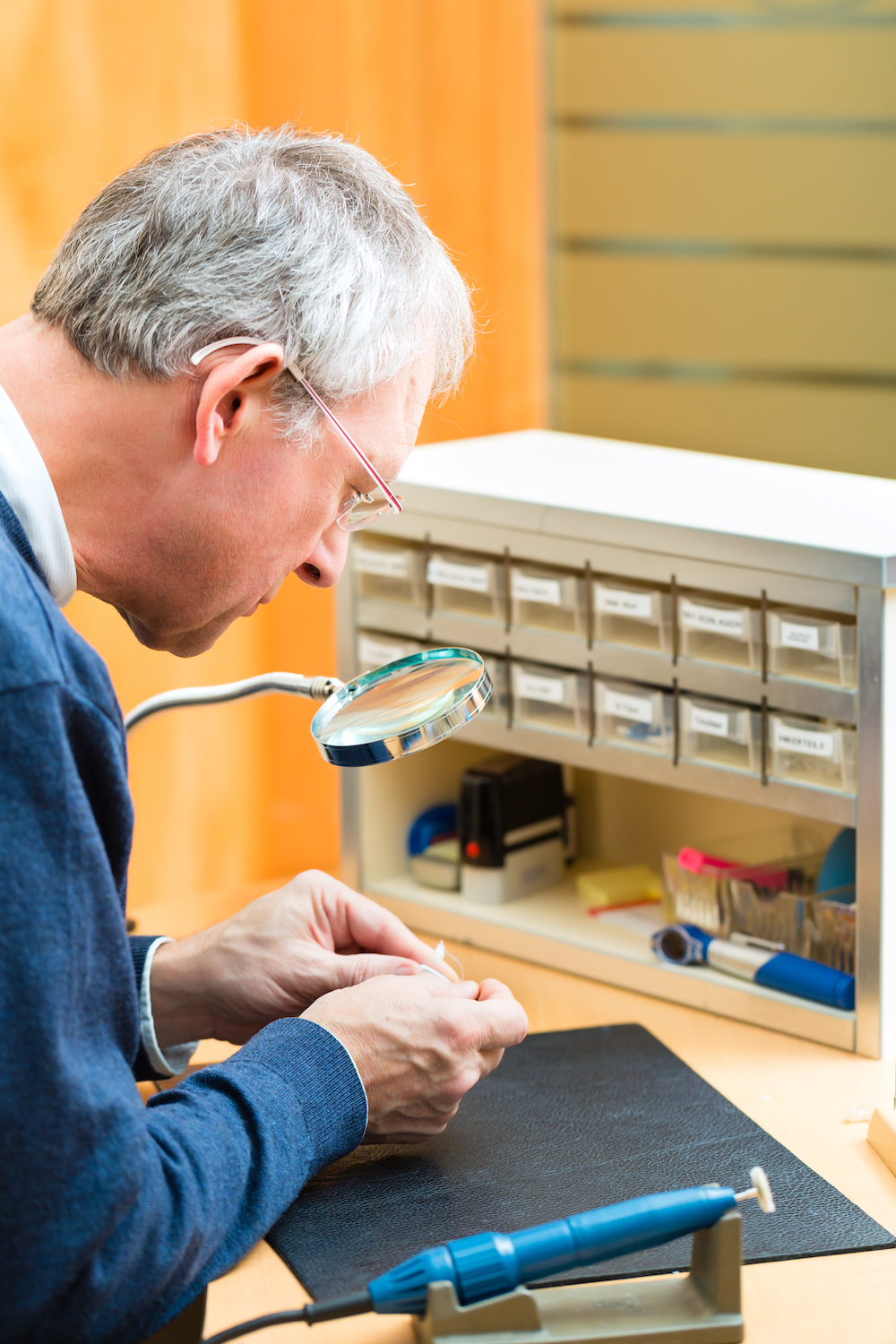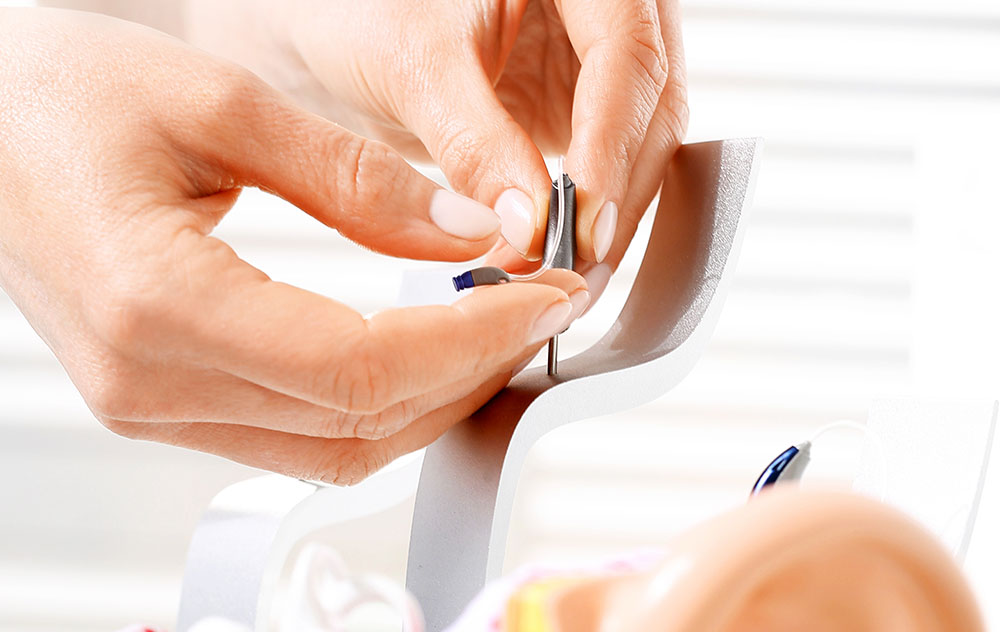The Causes of Acquired Hearing Loss
There are three main types of hearing loss. These are conductive,

By: admin | December 22, 2020
If you are to protect yourself from noise-induced hearing loss, you need to understand decibels and at what level of exposure hearing loss is likely to occur. By doing this, you will be able to understand the actions that you can take to protect your ears from hearing damage. So, let’s take a look in further detail:
In the United States, there are approximately 40 million Americans that have hearing loss at the moment. Of this 40 million, it is estimated that a quarter of them can be linked to hearing loss that is noise-induced. This means that potentially 10 million people could have prevented their hearing loss by being more cautious in terms of their exposure to loud noises.
There are a number of different ways that noise-induced hearing loss can occur. This could happen because you have been exposed to sounds of different degrees of loudness over an extended period of time. However, it could also happen as a consequence of being exposed to a loud sound once.
Damage occurs to the microscopic hair cells, which are located inside of the cochlea. These cells transmit an electrical signal to the auditory nerve as a response to mechanical sound vibrations. Different rates of vibrations or frequencies are attributed to different groups of hair cells.
If you have healthy ears, you will be able to hear frequencies that range from 20Hz to 20,000 Hz. As time goes one, your stereocilia, which is the hair-like part of the cell, may become damaged or broken. If enough of them are damaged, hearing loss will happen. Loud sounds can often cause damage to the high-frequency part of the cochlea.
Decibels are used to measure sound pressure. The decibel (dB) scale does not start from zero; it can actually go below zero, just like the scale we use to measure temperature.
The typical person, though, can hear sounds that start from around zero dB, with the rustling of leaves being a good example of something that is zero dB. There are some people that have very good hearing and can hear as low as -15dB.
So, at what point is a sound going to be deemed damaging to your hearing? Well, if it gets to 85 dB or higher, this can result in lasting damage to your hearing. There are a number of different factors that are at play here, though. For example, the length of time that you are exposed to the sound is going to make a difference.
The main problem when it comes to sound exposure is that sounds are often a lot louder than people realize. The sound of a typical conversation with another person is usually around 60dB. This is not loud enough to cause any sort of damage to your hearing.
However, there are a number of sounds that you may be exposed to that can cause damage to your hearing, and so it is important to be aware of this. This can help you to limit your exposure, as well as using ear protection to minimize the impact.
For example, did you know that a bulldozer that is in idling mode is loud enough to cause ear damage? This relates to a bulldozer that is not even actively bulldozing! When the machine is in idle, it is still going to reach 85dB, and so it is loud enough to cause permanent damage after just one day of working eight hours. This indicates why it is so important for employers to include ear protection as part of PPE.
If you are listening to music via a personal music system at the highest volume, you will certainly reach a level in excess of 100dB, which is clearly enough to cause hearing damage. In fact, after just 15 minutes per day of listening to music at the highest volume, you could experience hearing damage. This is something you can easily control, though, by ensuring you don’t turn up your music this loud!
If you feel that you may have hearing loss or have any queries, all you need to do is get in touch with El Paso Hearing Aid & Audiology Center for more information. Call us today at 915-532-6935.

There are three main types of hearing loss. These are conductive,
By: admin | April 27, 2021

You have experienced hearing loss for a while now and have finally decided
By: admin | March 16, 2021

For anyone who has experienced any level of hearing loss, getting hearing
By: admin | February 24, 2021
